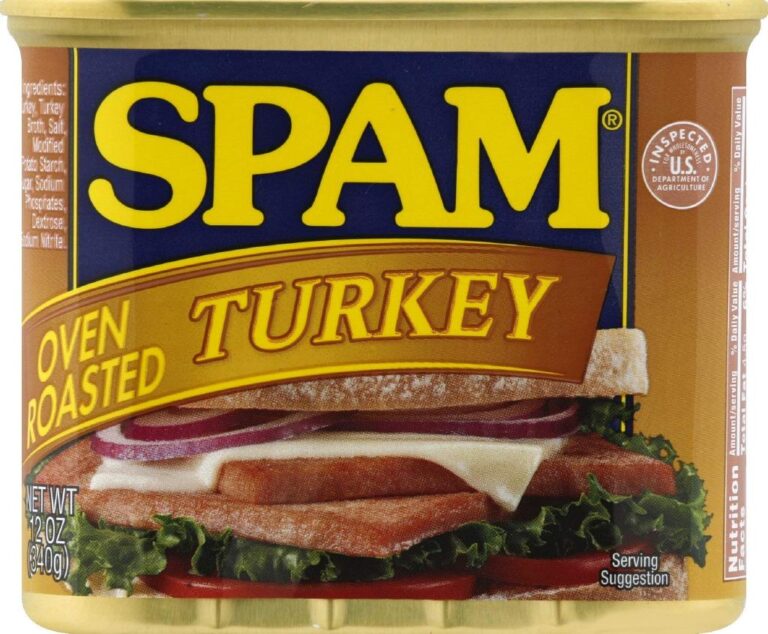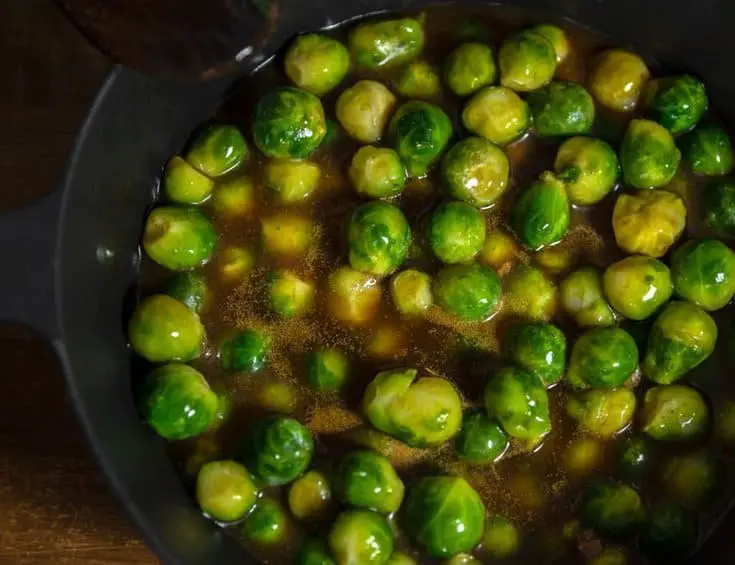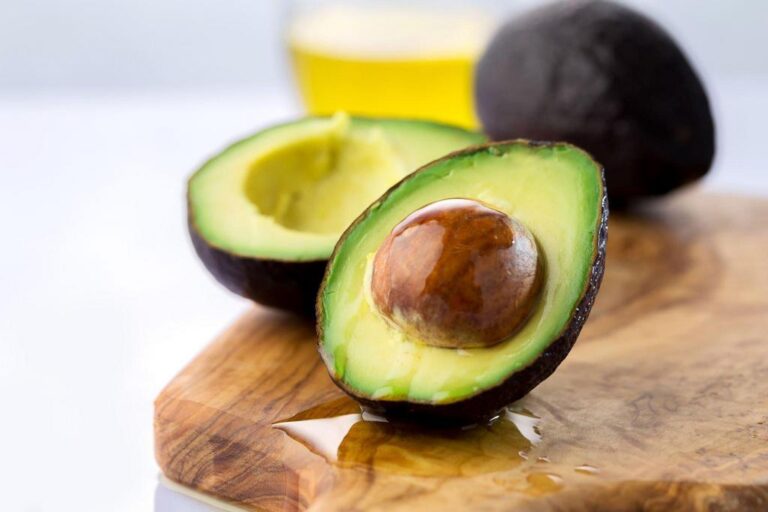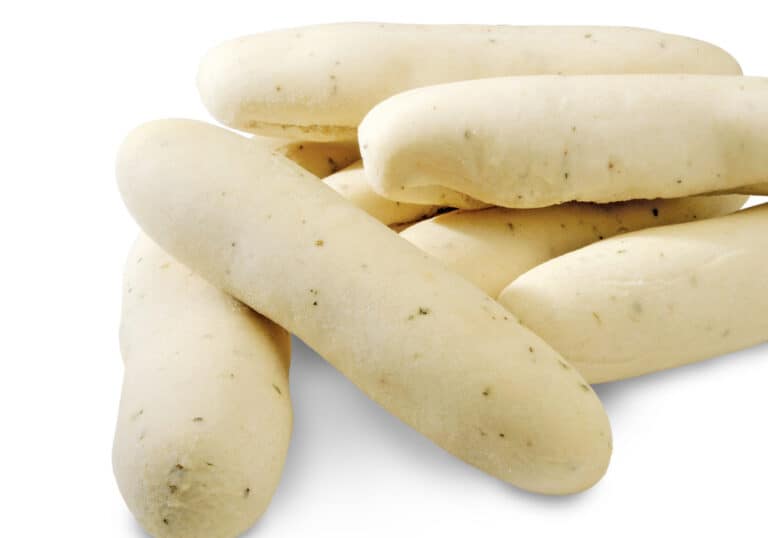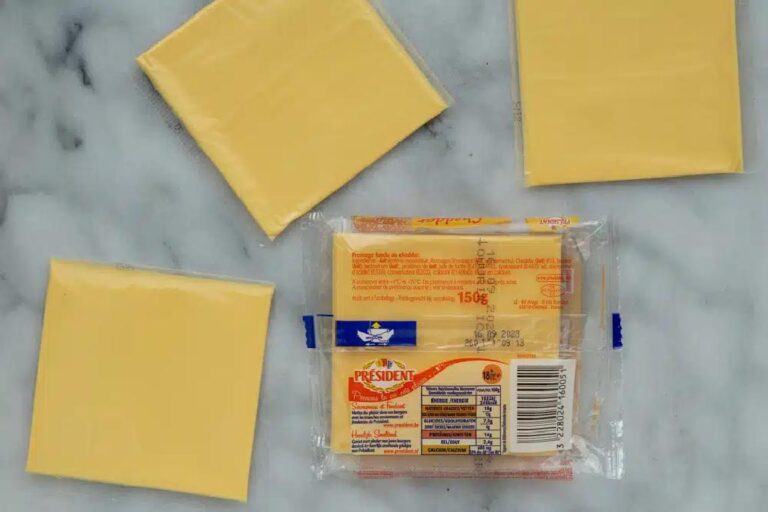Does Freezing Buttermilk Kill the Cultures and Ruin It?
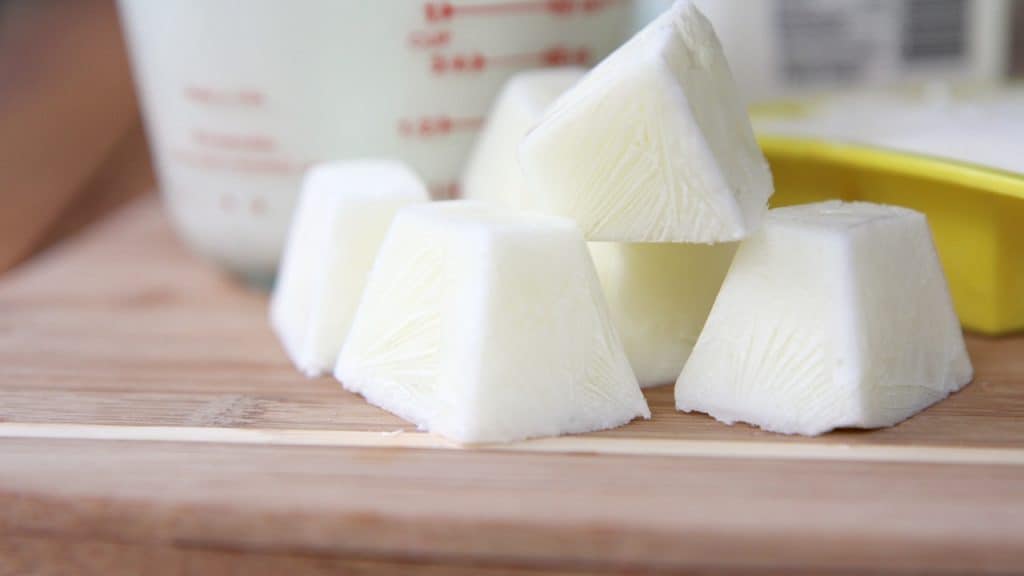
Buttermilk is a versatile dairy product that can add a tangy flavor to baked goods, marinades, and dressings. However, if you don’t use it frequently, you might wonder if freezing it is a viable option to extend its shelf life. But the big question is: does freezing buttermilk kill the cultures and ruin it?
The short answer is no; freezing buttermilk does not kill the cultures and ruin it. Buttermilk is a fermented dairy product made by adding lactic acid bacteria to milk. These bacteria are responsible for the tangy flavor and thick texture of buttermilk.
In this article, we’ll explore the effects of freezing on buttermilk and share some tips on how to freeze and thaw it properly. So, let’s dive in and find out if freezing buttermilk is a good idea or not!
Understanding Buttermilk: Composition and Cultures
Buttermilk is a fermented dairy drink that is traditionally made by churning butter out of cultured cream, leaving behind a liquid that is thicker and a little bit lumpy compared to milk.
Cultured buttermilk is the most common type sold in supermarkets. It typically contains Lactococcus lactis, Leuconostoc mesenteroides, and Streptococcus thermophilus, among other bacteria. These bacteria are responsible for the fermentation process that gives buttermilk its unique taste and texture.
Traditional methods of making buttermilk involve churning cultured cream into butter, which results in a liquid that is a little bit thicker and lumpier than milk. The composition of buttermilk varies depending on the method of production.
This type of buttermilk is thicker and richer than cultured buttermilk, which is made by adding bacteria to low-fat or skim milk.
The bacteria’s culture converts the lactose in milk into lactic acid, which gives buttermilk its distinct flavor and texture. This process also adds live cultures that are beneficial for digestive health.
Can You Freeze Buttermilk?
Yes, you can freeze buttermilk. Freezing buttermilk is a great way to extend its shelf life and prevent waste. However, the texture may change after thawing. Buttermilk contains a lot of water, and freezing can cause the water to separate from the milk solids. This can make the thawed buttermilk look curdled and grainy.
But don’t worry; the texture change won’t affect the taste or quality of your buttermilk. You can still use it in your recipes as you would fresh buttermilk. However, if you plan on using the buttermilk for drinking, you may not find the texture appealing.
Effects of Freezing on Buttermilk Quality
Freezing can affect the quality of buttermilk, but the extent of the damage depends on several factors, such as the type of buttermilk and the storage conditions. Freezing can cause the proteins in buttermilk to denature and separate, resulting in a grainy texture. It can also affect the cultures in the product, which can affect the taste and texture.
Additionally, freezing and thawing buttermilk can cause it to lose some of its acidity, which can affect its ability to react with baking soda or baking powder in recipes. This can result in baked goods that do not rise properly.
Does Freezing Kill the Cultures in Buttermilk?
Freezing can affect the cultures in buttermilk, but it does not necessarily kill them. The bacteria in buttermilk can survive freezing temperatures, but they may become less active and take longer to reactivate when thawed. This can affect the taste and texture of the buttermilk.
If you are using buttermilk in a recipe that requires live cultures, freezing may not be the best option. However, if you are using buttermilk for cooking or baking, the effect of freezing on the cultures may be negligible.
How Freezing Affects the Taste and Texture of Buttermilk
Freezing can affect the taste and texture of buttermilk, but the extent of the damage depends on several factors, such as the type of buttermilk and the storage conditions. Frozen buttermilk may have a grainy texture when thawed due to the denaturation of proteins. Additionally, the cultures in buttermilk may become less active, which can affect the tangy flavor and creamy texture of the product.
The effect of freezing buttermilk can vary depending on the intended use. If you are using buttermilk in a recipe that requires a smooth and creamy texture, freezing may not be the best option. However, if you are using buttermilk for cooking or baking, the effect of freezing on the texture may be negligible.
How to Freeze Buttermilk
If you have leftover buttermilk that you want to freeze, follow these steps:
- Pour the buttermilk into an airtight container or a freezer-safe plastic bag. Leave some room at the top of the container or bag to allow for expansion during freezing.
- Label the container or bag with the date and amount of buttermilk. This will help you keep track of how long the buttermilk has been frozen and how much you have.
- Place the container or bag in the freezer. Buttermilk can be frozen for up to three months.
How to Thaw Frozen Buttermilk
Thawing frozen buttermilk is easy. You can either thaw it in the refrigerator or at room temperature. Here’s how:
Thawing in the Refrigerator
Thawing buttermilk in the refrigerator is the best method, as it allows the buttermilk to thaw slowly and evenly. Here’s how:
- Remove the container or bag of frozen buttermilk from the freezer and place it in the refrigerator.
- Let the buttermilk thaw in the refrigerator for at least 24 hours. The thawed buttermilk may look curdled and grainy, but this is normal.
- Shake or stir the buttermilk vigorously before using it to help mix the milk solids and water.
Thawing at Room Temperature
If you’re in a hurry and need to thaw the buttermilk quickly, you can do so at room temperature. Here’s how:
Remove the container or bag of frozen buttermilk from the freezer and place it on the kitchen counter.
Let the buttermilk thaw at room temperature for 1-2 hours. You may need to stir or shake the buttermilk occasionally to help mix the milk solids and water.
Tips for Using Frozen Buttermilk
Here are some tips to help you get the most out of your frozen buttermilk:
- Use frozen buttermilk in recipes that call for baking or cooking. The texture change won’t affect the taste or quality of the dish.
- Shake or stir the buttermilk vigorously before using it to help mix the milk solids and water.
- If you’re using the buttermilk for a recipe that requires a specific amount, measure out the amount you need before freezing. This will make it easier to thaw and use.
- If you’re planning on drinking the buttermilk, you may not find the texture appealing. It’s best to use frozen buttermilk for cooking or baking purposes.
What is the Shelf Life of Buttermilk?
Like all dairy products, buttermilk has a limited shelf life and can go bad if not stored properly. The shelf life of buttermilk depends on several factors, including the storage conditions, the quality of the milk, and the presence of any additives or preservatives.
Generally, unopened buttermilk can last for up to two weeks in the refrigerator. Once opened, the buttermilk should be consumed within five to seven days to ensure freshness and prevent spoilage.
It’s important to keep in mind that the humidity and temperature of the storage environment can affect the shelf life of buttermilk. Buttermilk should be kept in the coldest part of the refrigerator, ideally at a temperature of 40 °F or below. If the temperature is too warm or the humidity is too high, the buttermilk may spoil more quickly, even if it’s within the expiration date.
To extend the shelf life of buttermilk, you can also freeze it. Freezing buttermilk can help it last for up to three months, although it may change the texture of the milk slightly. When freezing buttermilk, it’s important to use an airtight container and leave some room at the top for expansion. Thaw frozen buttermilk slowly in the refrigerator, and avoid refreezing it once it has been thawed.
Another way to extend the shelf life of buttermilk is to add a tablespoon of vinegar or lemon juice to a cup of milk. This creates a homemade buttermilk substitute that can last for several weeks in the refrigerator. While the taste and texture may not be exactly the same as traditional buttermilk, it can be a useful alternative if you don’t have access to fresh buttermilk or if you need a larger quantity.
It’s also important to check the expiration date of the buttermilk before using it. Even if the buttermilk has been stored correctly, it may spoil before the expiration date if it was not fresh to begin with. Signs of spoilage include a sour or off smell, curdling or clumping, and changes in color or texture. If you notice any of these signs, it’s best to discard the buttermilk and not use it in your recipes.
Conclusion
In conclusion, freezing buttermilk is a great way to extend its shelf life and prevent waste. Freezing does not kill the cultures, but it may change the texture of the buttermilk. However, the taste and quality of the buttermilk are not affected, and you can still use it in your recipes as you would fresh buttermilk.
Remember to thaw the buttermilk slowly and evenly, either in the refrigerator or at room temperature, and to use it within three months of freezing for optimal quality and taste. By following these tips, you can enjoy the benefits of buttermilk without worrying about waste or spoilage.

